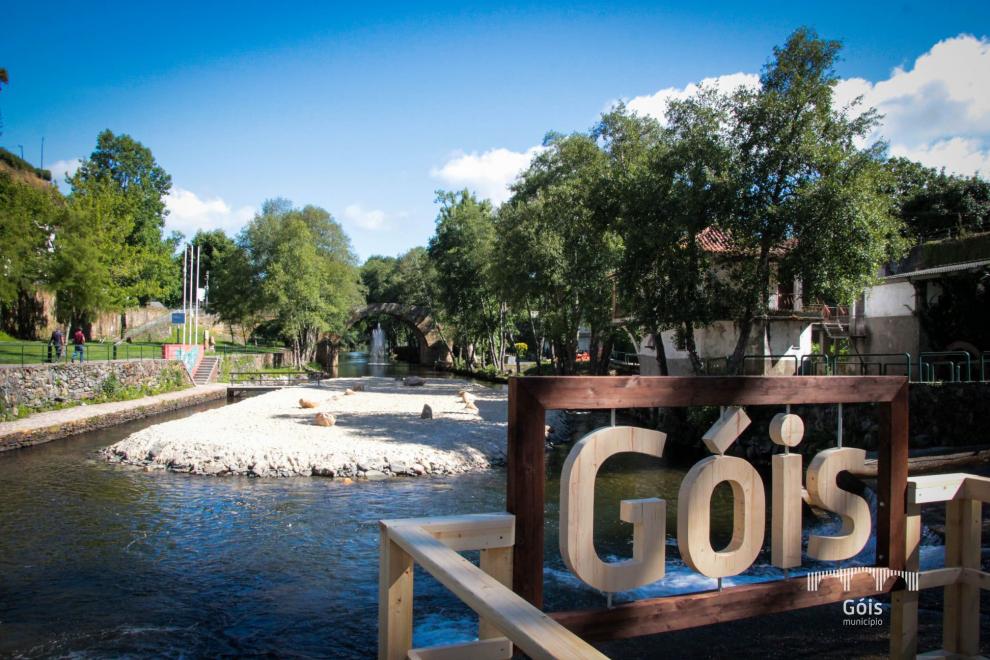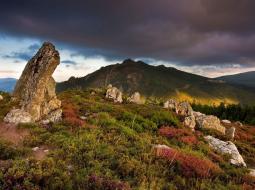Thessaloniki gets ready for its metro launch in November
The underground rapid transit lines have been under construction for almost two decades due to various project delays
 TheMayor.EU logo
TheMayor.EU logo 
Traces of human life in what is modern-day the Municipality of Góis go back to ancient times, as archaeological evidence has shown.
What is now the territory of Góis dates back to the Reconquista period. One of the oldest documents referring to Góis dates from 1114 - the letter of the donation of Góis made by D. Teresa and D. Afonso Henriques to the rich man Anião Vestaris (Trastares or Estrada) for the services he provided.
The XVI century corresponds to the golden period of the history of Góis, which is undoubtedly associated with the name of the Silveira family, mainly D. Luís da Silveira - 17th Lord of Góis, 1st Count of Sortelha, guardian of D. Manuel and D. João III -, who died in the city, in 1533. D. Luís ordered the construction of a series of buildings and works of art, still appreciated today, highlighting the main chapel of the Matriz church; his tomb, inside the same temple; the castle chapel and the royal bridge with its three arches.
Diogo da Silveira, 18th Lord of Góis and 2nd Count of Sortelha, succeeded his father, holding important positions at the court. D. Diogo is responsible for the foundation of the hospital in Góis and the respective chapel dedicated to Espírito Santo, in the second half of the XVI century, which were recently the target of an archaeological intervention carried out by the Municipality of Góis.
With the reforms of Mouzinho da Silveira, the decree of 13 August 1832 was put in place, which removed the charters, landlords and royal donations, making them free to access goods. That signified the end of lordship Góis.
In the XVIII century, there was an industrial development boom, with the installation of paper factories in Lousã and, later, in Góis, in the village of Ponte do Sótão.
The geographical isolation of the municipality, associated with a deficient road network, has contributed, especially since the 1950s, to a continuous depopulation of the region.
The municipality of Góis is located in the district of Coimbra, in the central region of Portugal. Four parishes compose its administrative organization: Alvares, Cadafaz and Colmeal, Góis (county seat) and Vila Nova do Ceira.
The population is around 4,300 people (2011), in an area of 263.30 km².
The Municipality of Góis is predominantly rural, amidst vast swathes of forests, characterized by subsistence agriculture and pastoralism, which persist today, complemented by other economic activities. In the recently created industrial zone, there are factories of aluminium, ceramics, lamps, marble and metalworks. The artisanal activity still has some expression, highlighted in the work in tin, miniatures of agricultural implements, wooden spoons, schist houses, tapestries and embroidery.

Góis offers a diversity of touristic resources, including a natural paradise and cultural treasure consisting of geology, biodiversity, monuments, archaeology, history, gastronomy, handicrafts, folklore and traditions.
There are many religious and/or secular festivals throughout the summer, including one of Portugal's largest Motorbikecompetitions in August.